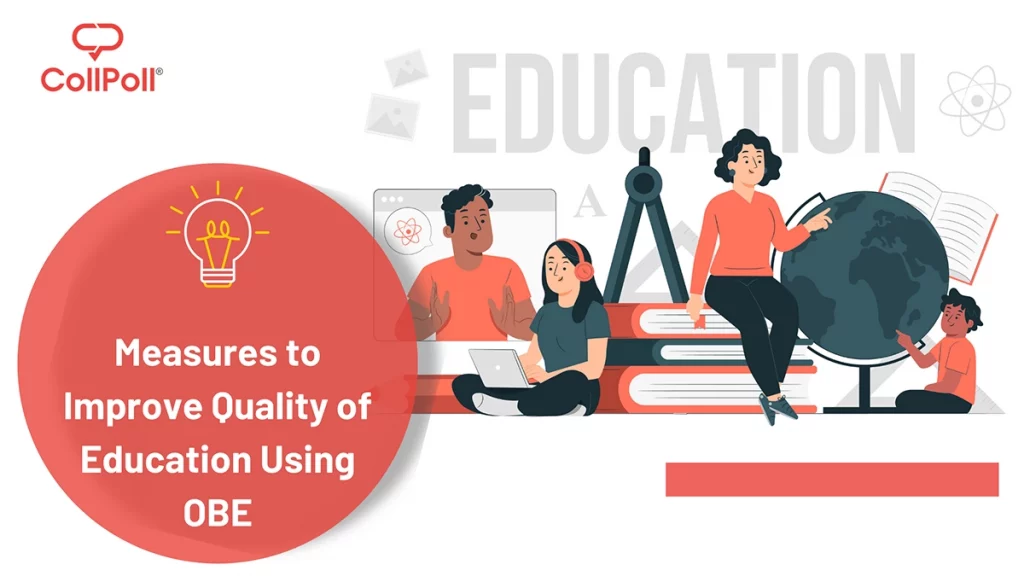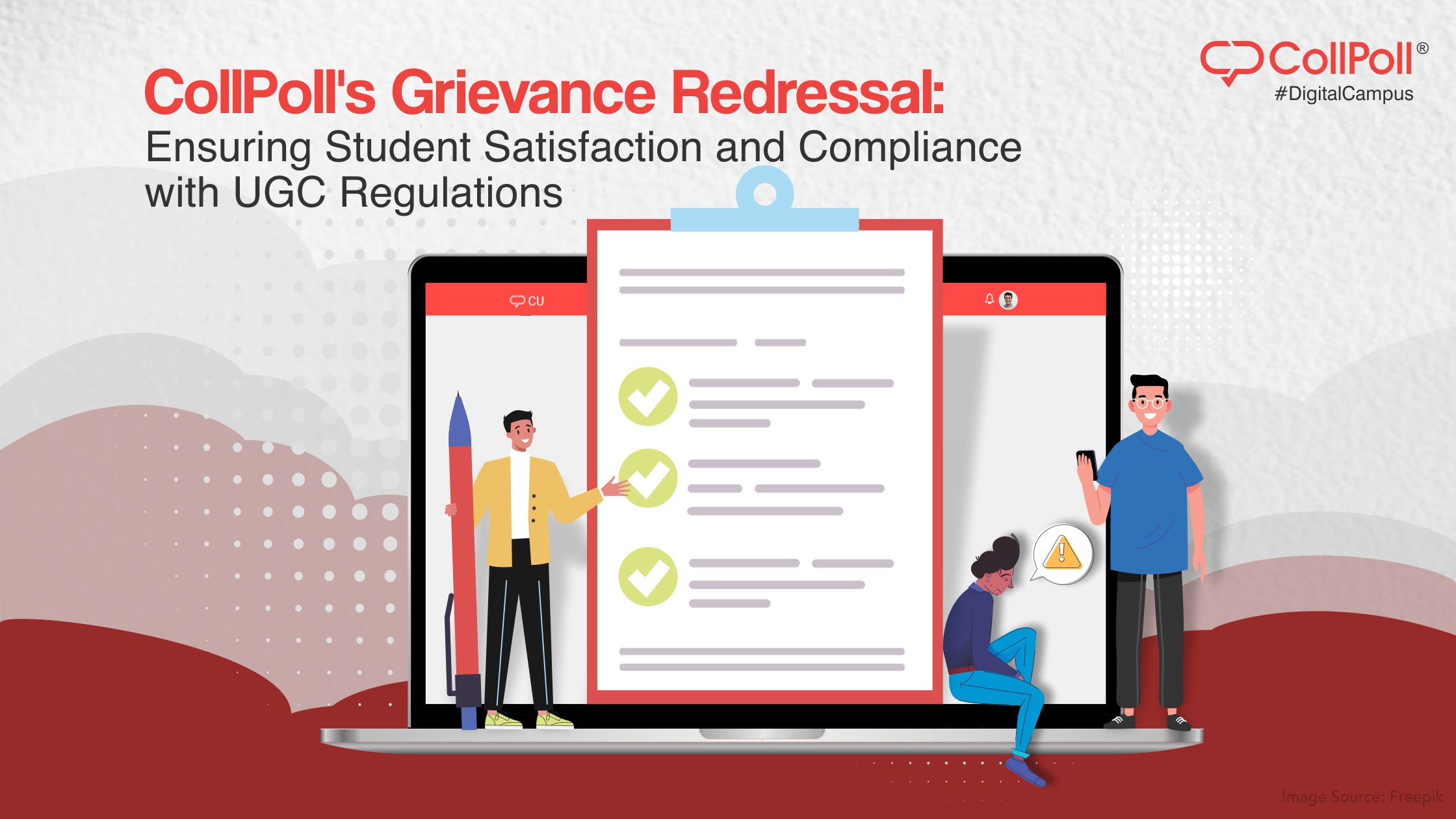How to Improve the Quality of Education with OBE?
In the past few years, there has been a constant focus on how to enhance the quality of higher education. Colleges and HEIs are introducing innovative educational programs that are focused on improving students’ achievements, professional growth, and overall skills & knowledge.
After a plethora of debates and several discussions, experts have concluded that high-quality education is directly related to outcomes that demonstrate learning. Of course, one can evaluate this after completing the academic program but learning mainly comprises a combination of knowledge, competence, and orientation, three key factors that represent the quality of higher education.
Outcome-based education focuses on developing professionally and socially competent students. As this personalised learning model is tailored to students’ preferences, every college has a unique OBE framework to help students develop so they can handle their profession after graduation. Moreover, it can increase the rate of regular quality improvement mechanisms.
Considering the scope of OBE, we have listed a few ways to enhance education through outcome-based education software.
- Program Educational Objectives (PEO)
To evaluate student achievements, PEO can be assessed for a longer duration. It is what graduates expect to attain in their career within 4-5 years once completing their graduation degree. It is also based on the answers of stakeholders to online questionnaires. This outcome-based learning technique reveals the level of satisfaction of students with their achievements in academic programs. - Graduate Attributes (GA)
General Attributes of students include their core skills, generic attributes, transferable skills, employability, and soft skills. Leveraging curriculum management software for OBE education allows you to map the attributes of students according to the curriculum design. - Student Learning Outcomes (SLO)
OBE learning defines what students can attain through their academic learning experience. The term includes all the ideal attributes of graduates, including their vision, mission, institutional results, and goals, which can be the basis for developing their program outcomes. The three primary categories of learning outcomes are generic skills, values & attitudes, and disciplinary knowledge. - Program Outcomes (PO)
Students are expected to demonstrate a set of competencies, such as skills, knowledge, and attitudes, known as program outcomes. Colleges map these desired outcomes to their outcome-based curriculum and specific courses that are achieved through assessment and evaluation tools. - Course Outcomes (CO)
Course Outcomes consist of the values, skills, and knowledge of learners after the end of a course. These learning outcomes are linked with the course and program outcomes. - Syllabus, Unit & Lesson Plan Outcomes
As course outcomes decide lesson outcomes, the college syllabus, unit, and lesson plan must be linked with the learning of every teaching activity. This will bring cohesion and coherence to student learning. - Teaching Methods
Using tech-enabled methods to demonstrate pedagogical learning via video lectures, podcasts, and PowerPoint presentations can enhance the learning experience of students. These cutting-edge teaching and evaluation techniques based on technology can empower educational institutions to map their outcomes accurately. Students and teachers can work together to create an OBE curriculum with a visible and clear goal. - Assessment & Evaluation Tools
Outcome-based learning model translates to the quality of faculty members. The main objective of teaching is to develop learning competencies in graduates, which is attained through online tests, assignments, quizzes, and puzzles along with course and faculty evaluation. - Customizable Rubrics & Marking Schemes
Rubrics are used to assess the writing, communication, critical thinking, and information literacy of graduates. The automated rubrics are efficient standardised score guides that assist evaluators to make the process easier, more consistent, and transparent. - Continuous Quality Improvement (CQI)
In higher education, quality is ensured using the Continuous Quality Improvement (CQI) tool that provides critical data to faculty members and administrators through a continuous online assessment and evaluation process. It also gives access to real-time reports, stating the effectiveness of the program objectives, design, and delivery. With digital feedback combined with faculty evaluations, institutions can enhance education quality every year. - Outcome-based Education & Accreditation
Accreditation is one of the most efficient ways to improve the quality of education in HEIs and colleges. An accreditation management system provides institutions with automated tools that help them measure their achievements easily. Thus, they can work accordingly to improve the quality of higher education. - Student Success
With the paradigm shift from traditional OBE to learner-centred, tech-powered, and result-driven OBE, the focus is now to enhance the performance abilities of students before they complete their graduation. Therefore, OBE principles prioritise structuring colleges, universities, and HEIs to achieve maximum learning outcomes. - Constructive Alignment
Constructive alignment, also described as aligning outcomes with multiple curriculum elements, is a unique approach to OBE. It includes mapping competencies, skills, teaching methods, assessments, PEOs, PO & CO to learning outcomes, which foster improved education quality and student achievements. - Presenting Outcomes Using Automated Mind Mapping
Mind mapping triggers and represents complicated ideas to help students with writing, thinking, and decision making. These auto-generated maps showcase how the curriculum elements are arranged and grouped.
Conclusion
In a nutshell, we can say that integrating an outcome-based education system with academic management software will bring drastic improvements in the quality of education. It makes continuous evaluation easier and increases the chances of career success.
To know more about an automated learning management solution, connect with our experts now. They will help you understand the software better and guide you through the implementation process. Give us a call or drop an email for further discussion.





